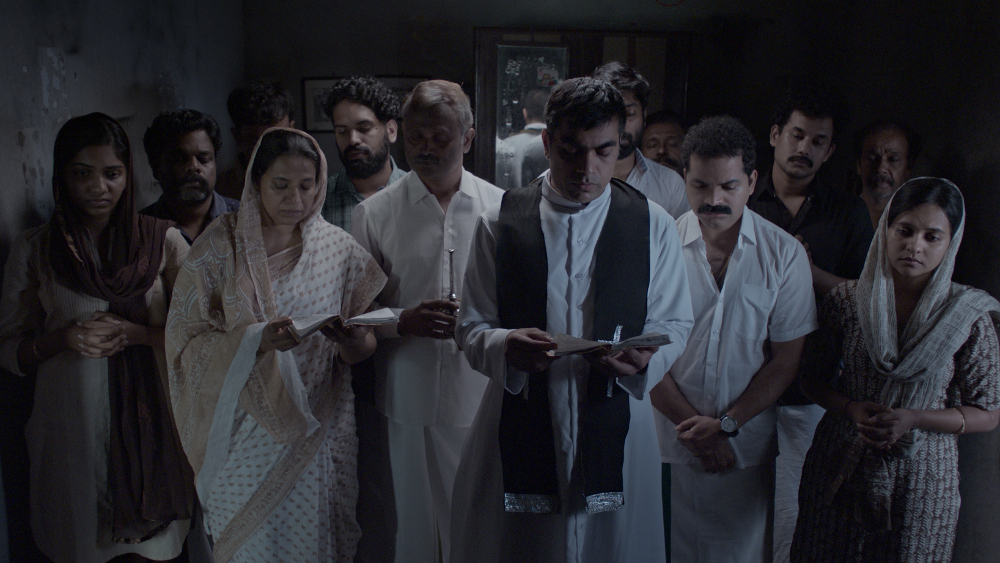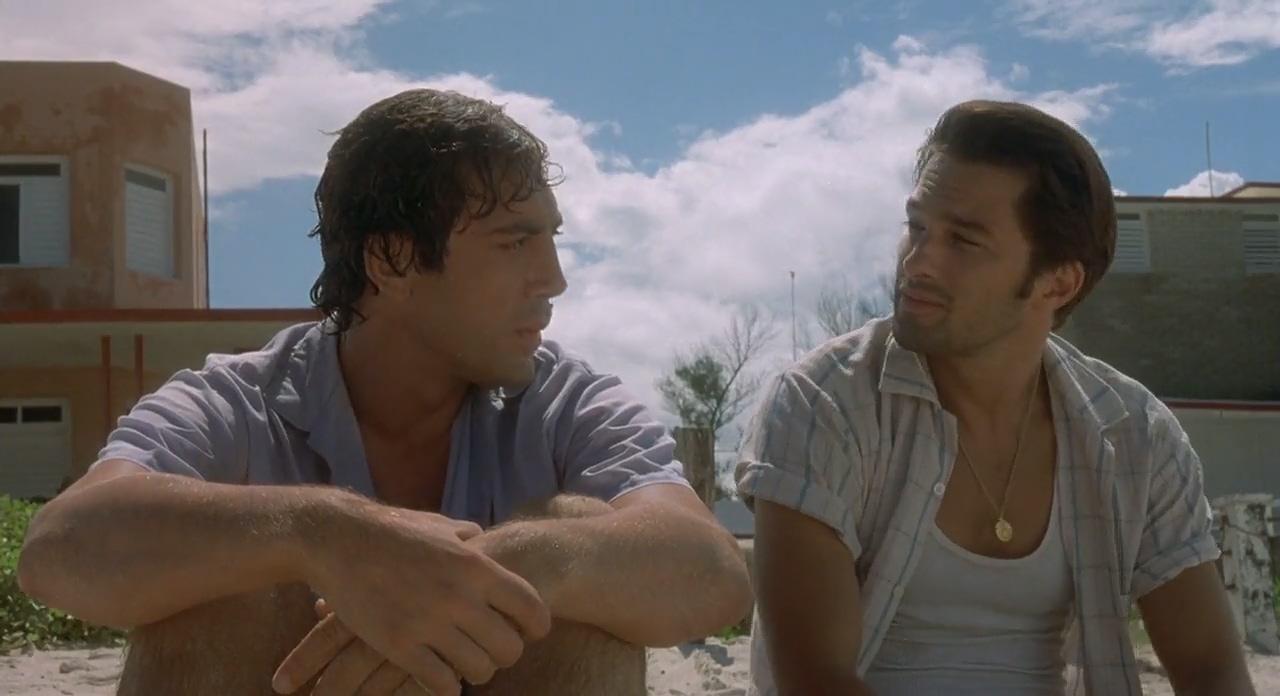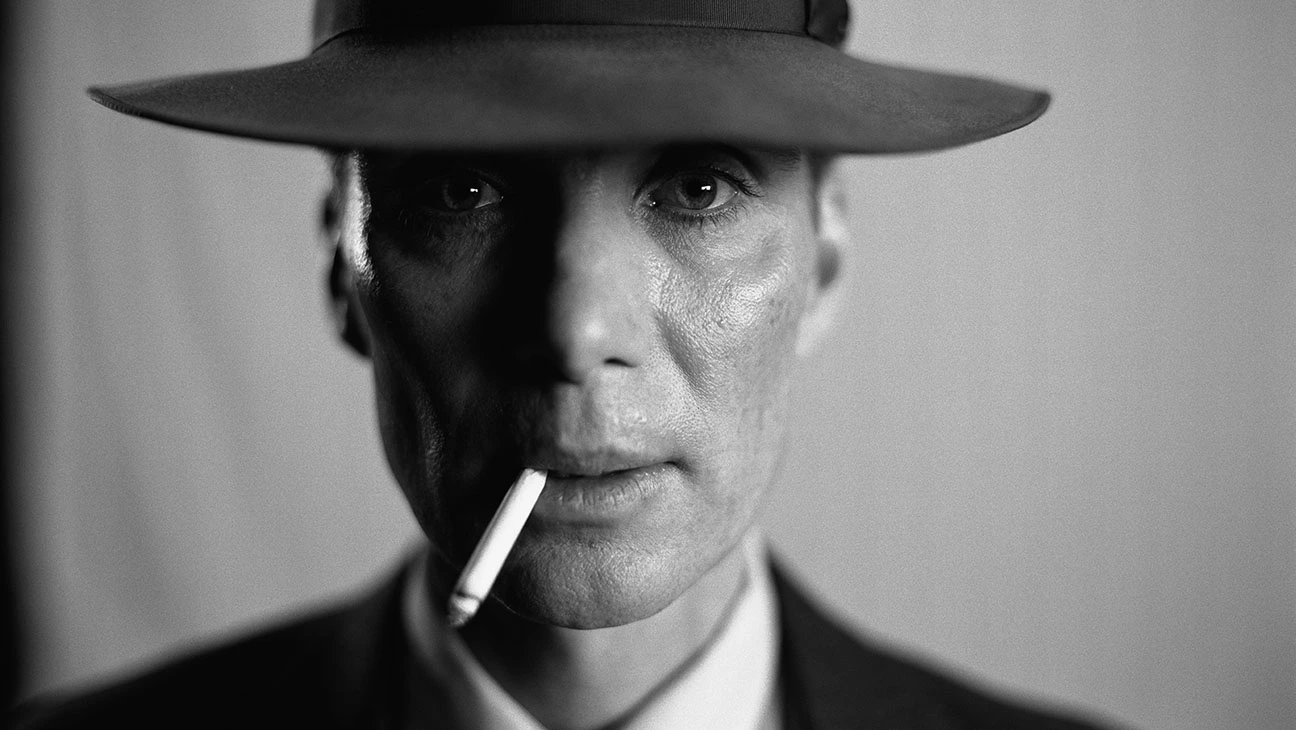Family is a very simple and minimalistic looking film on the outside but deep inside is a haunting, and at times, terrifying look at a Christian community set in the backdrop of rural Kerala in India. Director Don Palathara has crafted a brutally authentic film where lingering static shots with minute invisible details tell a story where the audience serves as a witness in every scene. Right from the opening scene, we see wide angle shots where the camera acts like a third person in every scene, invisible to the characters and is devoid of any emotion/opinion, good or bad.

The dense forest region filled with cloudy foggy skies mirrors the community that Don is trying to show us. He does so in a very structured and methodical manner as he peels away at the story layer by layer. The perfection in the execution of every shot is consistent and therefore impressive. While watching the film, you can’t help but admire the thinking, effort and craft involved in making such a film. Don has been upping his game with every film but here, he is operating at his very best.
As seen in Don’s previous film shot during the pandemic, Santhoshathinte Onnam Rahasyam (shot in a single take), he loves his long static shots. A deep depth of field is also employed in every scene which is a crucial part of this film as it ensures that the audience can see both the background and foreground clearly. The director is not trying to hide anything, he wants us to see everything in a clear transparent way so we can form our own opinions. However, the devil lies in the details which are magnificently hidden and shown in a way that keeps the viewer engaged at all times. The whole film has the feeling of an eerie thriller where the viewer is forced to observe and form their opinion about the central character.
Family opens with the talk of a leopard prowling the nearby areas killing livestock. Although efforts are made to catch this predator, somehow the smart animal has managed to evade the humans every time. This does not make sense in the beginning but later as we meet the main character Sony (Vinay Forrt) and on following him for a while, we begin to draw parallels between the two. Sony is a silent predator whose actions are not seen by anyone thereby giving him the freedom to act any way he wants without any repercussions. The change in the behavior of his victims after their meetings with him shows the extent to which they are mentally and emotionally affected. In some cases, they are oblivious to his perverted demeanor towards them as they are not old to think that would be the case. Since, they live in a religious society that would judge them and shame their family, these victims are forced to stay mum and keep it to themselves.
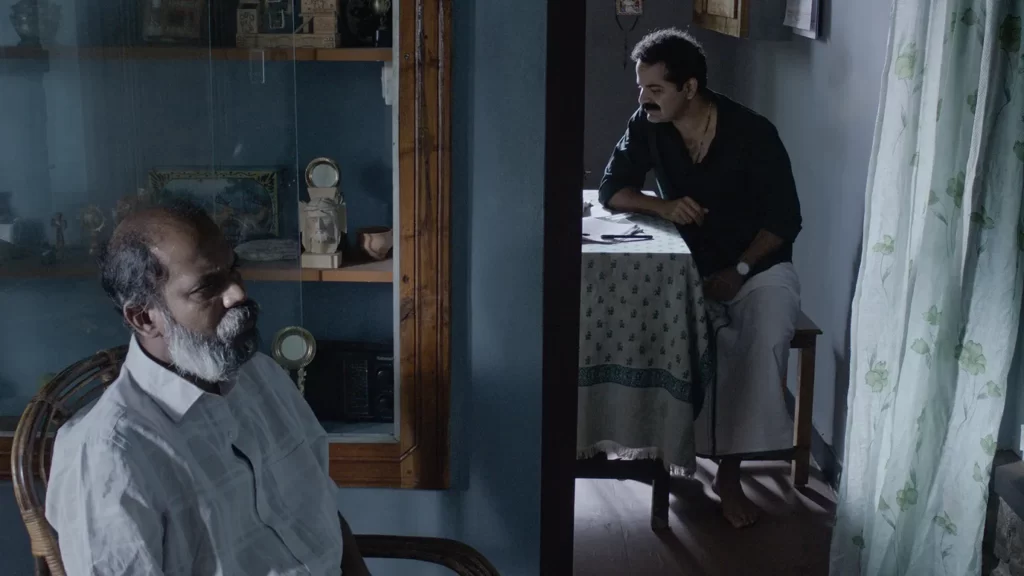
Sony’s family is not only his immediate family but also the close-knit community he lives in. We see glimpses of this community in various public rituals where permission is sought and approval is given by everyone in the community. Sony is someone who is the jack of all trades. He portrays himself as a good Samaritan who is always available when anyone in the community seeks his help. This creates an image for him where everyone thinks highly of him. He teaches poetry to a young boy and takes tuition class for a young girl at her home. This is when we really begin to see Sony as a predator. The scene in the girl’s house with her father sitting in the adjoining room watching tv in the foreground as he teaches the girl in the background is one of the most cleverly executed scenes in the film. This is the moment we begin to feel disturbed as we are assuming the worst for the poor girl but the trusting father makes us feel helpless. If this scene had any cuts showing what Sony was doing in the background, the impact the scene had on us would be far less. He trusts Sony completely and blindly which Sony knows and uses it to his advantage. This is a prime example of the background/foreground depth of field I mentioned above as this scene would not give the same feeling if the director used a shallow depth of field instead.
Sony is the type of person that probably exists in every community but is very smart and knows how to manipulate everyone. He makes himself look like a god fearing human being who is very worried about other people’s well being. The scene where he breaks his relationship with Neethu (Nilja K. Baby) shows how he uses a person’s weakness against them. Neethu’s father just passed recently so she is very vulnerable and he knows it. He talks lowly of himself to gain sympathy from her which eventually pushes her to apologize to him even though he is the one at fault. This is when he hugs her and we see a green snake passing through the green leaves of a nearby tree in the foreground. It echoes Sony’s character who blends in with everyone, he seems to be everywhere forcing his priest like demeanor on everyone as he slithers his way through the community and therefore his actions stay invisible. You then begin to think even if someone did see something, who would believe it? He is seen confessing his sins which are very trivial compared to his actual sins. It is as if he does not treat them as huge sins or is unaware of them. Maybe he revels in the thought that he did confess and the lord will absolve him of all his sins even if he does not spell all of them out.
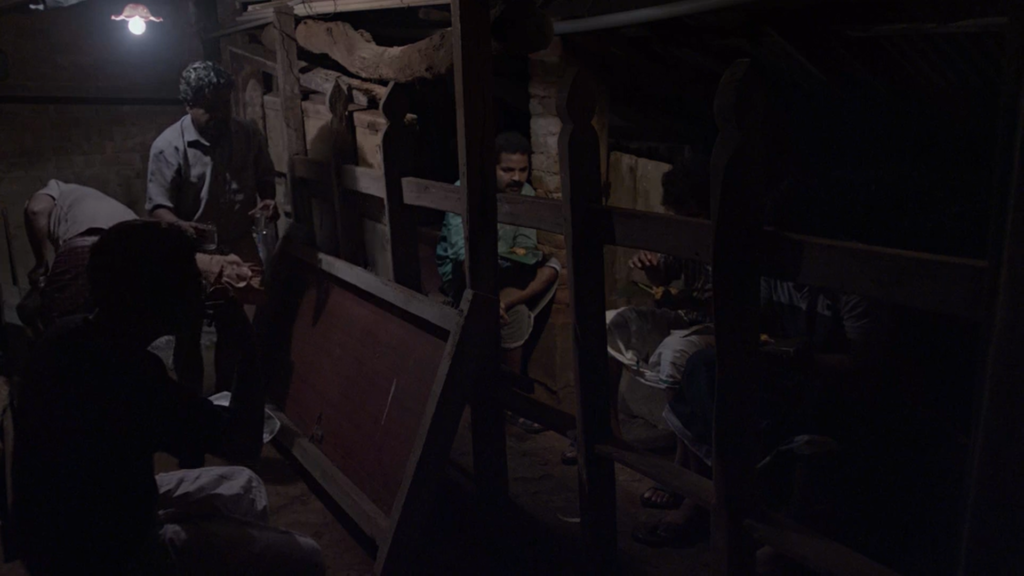
The film’s final act introduces us to Sony’s aunt (K.K. Indira) who is a nun who gets information from another aunt played by Divya Prabha that Sony may have misbehaved with one of the young kids during a family get together. This is where things get a bit dicey as we see Sony’s aunt trying to sweep this issue under the rug by silencing Rani and advising Sony to attend a retreat where someone like him can be cured and forgiven. Sony agrees to attend the retreat and we see him go through a rigorous religious prayer and counselling session at which point we begin to think, has he really changed?
The leopard is finally shown in the jungle and some kids who were playing in the area are the only ones who actually saw it. This is when the leopard and Sony parallel reaches its climax. In the final scene of the film, we see Sony being introduced as a new teacher in a school filled with young children and you cannot stop thinking what will happen to these kids. He knows exactly what he signed up for whereas the children will be the only witness to his actions. The freeze frame at the end is meant for the audience to take a moment and think about the horrific actions Sony could commit in the future.
The cinematography by Jaleel Badusha is stunning. The desaturated colors paint a very somber tone which bodes well with the long takes and the picturesque landscapes. The framing of every shot is very purposeful. A lot of time has been spent in staging every scene and this helps elevate the film. Almost every scene has only a single light source and this adds to the realism in the film. The movie expects the audience to be an observer and as we observe the tiny details in every scene, we begin to get closer to the characters. The background score is very subtle and only reveals itself when truly necessary which is a very powerful way to seduce the audience into an uncomfortable setting without revealing the entire blueprint of the film. Vinay Forrt delivers a Tour De France performance as Sony. He plays the good Samaritan and the predator effortlessly and switches between them with consummate ease. The supporting cast lead by Divya Prabha, Nilja K. Baby, K.K. Indira and Mathew Thomas do a splendid job in creating the atmosphere for Sony to be very careful in everything he does as his actions are constantly watched by someone in his family.
It is important to note that we are left to judge Sony however we like. The film never prescribes Sony is this or Sony is that. We form these opinions ourselves based on his actions and that is why this film is a riveting watch. Imagine if Sony is truly a nice human being but we chose to judge him as a predator even though we never see him do anything disgusting or dangerous. We live in a society where sometimes its just easier to close our eyes to the naked truth, not because we don’t believe in it but because it is convenient. This convenience is what gives people like Sony the confidence to act in a predatory way albeit being completely invisible to everyone around him. The film serves as a reality check for all of us. Are people like Sony among us and we just don’t know it? Whatever the answer is to this question, the film will continue to linger in everyone’s minds long after the end credits roll.
